 |
Sufism: Path to God, through the Heart
"Love is a flame. It burns away all that is not God." |
|
 |
 |
Islamic
Mysticism (Religion 337)
Theme: The Persian Love
Tradition In Sufism
Colgate
University
Spring 2005
Omid Safi: osafi@mail.colgate.edu
(315) 228-7690
 |
Sufism: Path to God, through the Heart
"Love is a flame. It burns away all that is not God." |
|
 |
 |
Course Description
This course seeks to engage the mystical interpretations of Islam (Sufism) as one of the most important historical manifestations of the Islamic experience.
Themes explored in this class include the tradition of love mysticism embodied by Ahmad Ghazali and Rumi.
The bulk of the reading assignments in the course are from 12th and 13th century Persian Sufis such as Ahmad Ghazali, Najm al-Din Daya, Fakhruddin Iraqi, and Rumi.
Schedule of Classes & Reading Assignments
(All readings on given days are to be completed before you come to class.)
January 17 M First Day: Special schedule for 20 minute meetings for all classes.
Encountering a Sufi master January 19 Wed Sheikh Muzaffer Ozak, Love is the Wine, p. iii-39. January 24 Mon. Sheikh Muzaffer Ozak, Love is the Wine, p. 40-94. |
 |
Defining "Sufism" and the problematic of the "Mystical"
| Wednesday,
January 26
Sufism and the
problematic of "the mystical"
Ernst, Shambhala Guide to Sufism, xi-31 * Nicholson, "Origin and Development of Sufism", pp. 330-348. (handed out in class Monday)
* For some thoughtful
reflections on the category of "mystical", refer to:
( Assignment:
Based on what you have seen so far, how would you translate the term
tasawwuf ? |
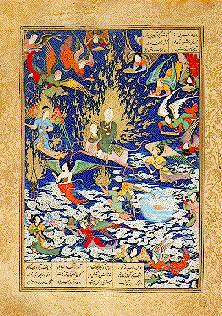 |
The Foundational Sources of Sufism:
Qur’an and the baraka of Muhamamd (S)
January 31 Monday
Ernst, Shambhala Guide To Sufism, Chapter 2 (32-57),
Sells, Early Islamic Mysticism, Chapter 1 (29-56)extra material:
*For some information on Sufi exegesis of the Qur’an, also see
www.arches.uga.edu/~godlas/Sufism.html#Sufi Qur'an Commentary* For a Sufi interpretation of the Opening chapter of the Qur’an,, see
www.arches.uga.edu/~godlas/ruzguide.html( Assignment: Discuss the Sufis’ relationship to the Qur’an, particularly in terms of their hermeneutics.
How do they access different layers of meaning in the holy text?)
| The example of the Prophet, and
the Heavenly Ascension
(Mi'raj) February
2 Wednesday Sells, Early Islamic Mysticism, Chapter 2
(75-97) * For a Sufi
interpretation of the Opening chapter of the Qur’an,, see We have talked about significance of Hadith Qudsi. Browse:
* See the following web-site
associated with the Mi'raj: The poem to the
right is by the Persian poet, Sa'di, in honor of the
Prophet. Balagha 'l-ula
bi-kamlalihi "He reached
hights of perfection |
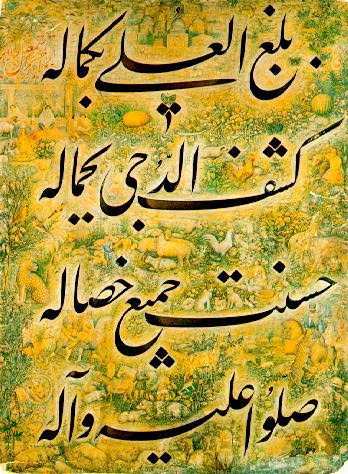 |
| Wednesday, February 14th:
Early Sufi theorists, early female Sufi
February 7 M Sells, Early
Islamic Mysticism, Chapter 3 (Qushayri)
February 9 W Sells, Early
Islamic Mysticism, Chapter 4,5 (Rabi'a and Muhasibi)
Web: www.arches.uga.edu/~godlas/Sufism.html#Rabi'a
( Assignment: In looking
at Rabi’a, how is she a woman Sufi?) |
|
Ecstasy Unleashed: Hallaj, Bistami, etc.
February 14 M Sells, Early
Islamic Mysticism, Chapter 6, 7
February 16 W Sells, Early
Islamic Mysticism, Chapter 8, 9
|
|
Lives of Sufi saints: Memorial of Godfriends (Tadhkirat al-awliya' of Attar)
You can access a free copy of
this text
online. February 21 M Muslim Saints and Mystics, from Hasan of Basra to end of Dho 'l-Nun Misri (in the PDF pages, February 23 W Muslim Saints and Mystics, from PDF.
|
|
The Path of Love:
Mazhab-e 'eshq February 28 M Muslim Saints and Mystics, from PDF source. Only read the chapters on Hallaj and Shebli from the remainder of the document.
|
|
Transmission/transformation of Sufism in the West
March 2
W
Essential
Sufism 1 (skim into, read closely 35-86)
March 7
M
Essential
Sufism, 2 (read 87-193)
March 9
W Bawa Muhaiyaddeen's Islam and World Peace handout
|
 |
March 12-20 Mid Term Recess
The heart of this course:
12th and 13th century Persian Love Tradition of Tasawwuf
|
|
|
|
Hazrat Mawlana (Rumi)
April 11 M March
21st: Ernst,
Shambhala Guide To Sufism, chapter 6
March 28:
M Masnavi
120-180
March 30th:
W Masnavi 180-243 |
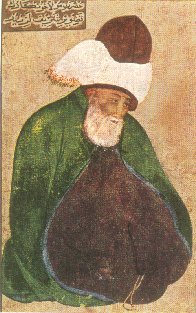 |
|
Fakhruddin 'Iraqi, translated by Chittick April 4: Iraqi, 1 April 6 M Iraqi, 2 |
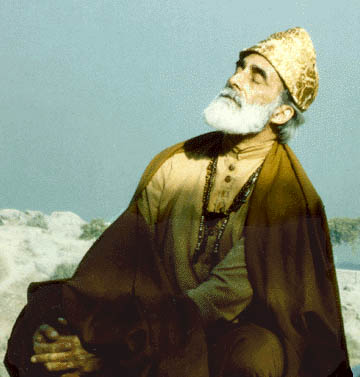 |
|
Path of God's Bondsmen, April 11th: Razi, pages 25-148
April 18th:
Razi , 255-394 April 20th: Razi, 395-497
|
 |
Sufi Aesthetics: music and dance |
|
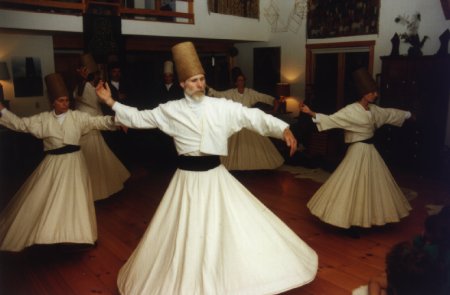 |
 |
|
April 25 Monday * check out web page:
|
|
|
Sufism in the contemporary world April 27 W Ernst, Shambhala Guide To Sufism, chapter 8
* Camille Helminski’s article on Sufi women:
|
 |
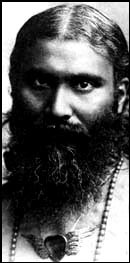 |
May 2-3 Examination Period
May 4 Review Day
May 5-6 Examination Period
May 6 and 7 Examination Period
Senior Grades Due May 9
All other grades due May 16
Michael Sells, "Ibn Arabi’s Garden Among the Flames: The Heart Receptive of Every Form," pp. 90-115. [handed out]
|
Assigned sources: Books: Required for the class, bring the readings with you to each class.
Web resources: You would do well to acquaint yourselves with the following web-page, and use it as a frequent
point of entry and exploration around many of the issues we will
be discussing: Articles:
|
Grade to be based on: